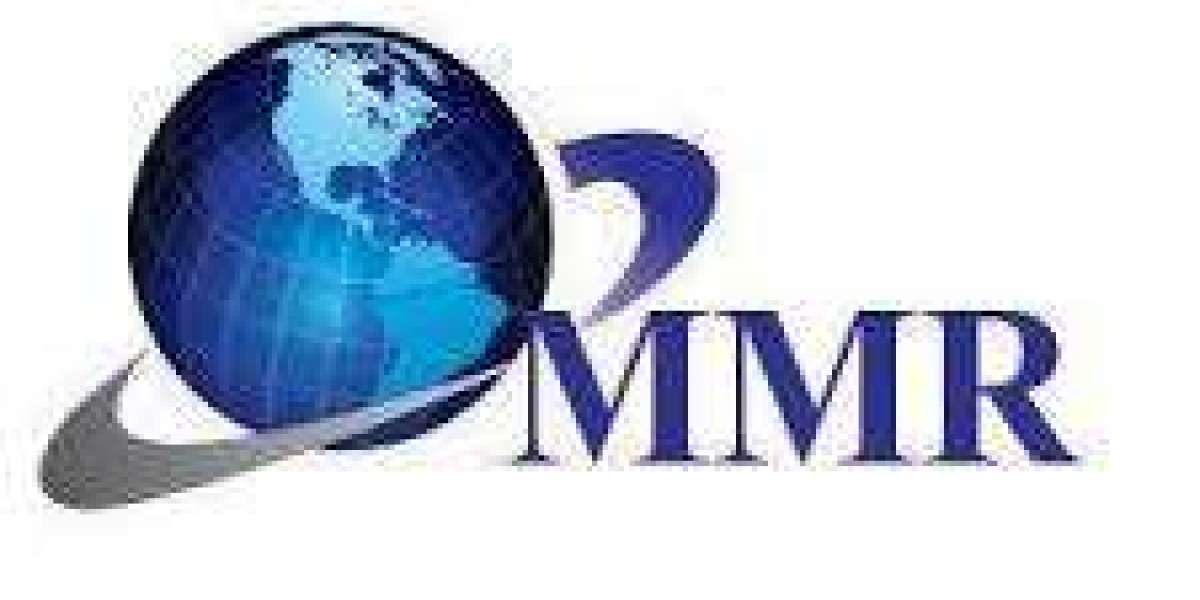What Are the Regulations Governing Non-Sterile Compounding?
Non-sterile compounding pharmacies are governed by a complex set of regulations aimed at ensuring patient safety and medication efficacy. The U.S. Pharmacopeia (USP) sets forth standards that compounding pharmacies must adhere to, with USP <795> specifically addressing non-sterile compounding practices. This chapter outlines the necessary procedures, documentation, and quality control measures that must be implemented to ensure the integrity of compounded medications.
The Food and Drug Administration (FDA) also plays a crucial role, emphasizing compliance with state regulations and the need for pharmacies to maintain proper licensing. As compounding regulations evolve, it’s vital for pharmacists to stay informed about local laws and any changes in federal guidelines to ensure compliance and avoid penalties.
What Are the Benefits of Using Custom Compounded Medications?
Custom compounded medications offer numerous benefits tailored to individual patient needs. These medications can be formulated in specific dosages, flavors, and forms, allowing for greater flexibility in treatment plans. For instance, pediatric patients often require dosages that differ significantly from adult formulations. Compounding enables pharmacists to adjust medications to meet these unique requirements.
Moreover, non-sterile compounding can improve patient compliance by providing formulations that are easier to administer. For example, a child who resists swallowing pills may benefit from a liquid formulation or a flavored version of their medication, enhancing adherence to treatment regimens.
What Steps Are Involved in the Non-Sterile Compounding Process?
The non-sterile compounding process is meticulous and involves several critical steps to ensure quality and safety. Initially, a pharmacist assesses the patient's prescription and determines the specific formulation needed. Following this, the compounding process typically includes:
Ingredient Selection: Choosing high-quality raw materials that meet compounding standards.
Preparation: Accurately measuring and mixing ingredients according to established recipes.
Quality Control: Conducting rigorous testing to ensure that compounded medications meet quality standards for potency and purity.
Documentation: Keeping detailed records of formulations, ingredients used, and quality checks to ensure traceability and compliance with regulatory standards.
Pharmacists play a vital role in maintaining these standards, ensuring that all compounded medications are safe for patient use.
What Are the Key Changes in the Recent USP <795> Updates?
Recent updates to USP <795> have introduced significant changes aimed at improving non-sterile compounding practices. Key changes include:
Increased Emphasis on Training: Pharmacies must ensure that compounding personnel are adequately trained in compounding procedures and techniques.
Enhanced Quality Assurance Measures: Updated guidelines call for more rigorous documentation and quality checks, including stability data for compounded preparations.
Improved Risk Assessment Procedures: Pharmacies are encouraged to implement risk assessment protocols to identify potential hazards in the compounding process.
These updates are designed to enhance patient safety and medication effectiveness, with the new regulations set to go into effect in early 2025.
Top Technologies and Innovations in Non-Sterile Compounding
Leading companies in the non-sterile compounding sector are at the forefront of technological advancements and innovations that enhance compounding practices.
Fagron (Netherlands)
Fagron focuses on personalized medicine, leveraging advanced software for formulation management and a robust supply chain to ensure the quality and availability of raw materials.
B.Braun Melsungen AG (Germany)
B.Braun is known for its commitment to quality and safety in compounding. Their innovations include automated compounding systems that improve efficiency and reduce the risk of human error.
Fresenius Kabi AG (Germany)
Fresenius Kabi is advancing non-sterile compounding through innovative packaging solutions and state-of-the-art manufacturing technologies that enhance the stability and safety of compounded medications.
TRUE NATURE HOLDING, INC (U.S.)
TRUE NATURE is focused on creating high-quality, custom compounded medications, using cutting-edge technology to streamline processes and ensure consistency in their products.
Dougherty's Pharmacy Inc. (U.S.)
Dougherty’s Pharmacy integrates technology in their compounding practices to enhance accuracy and efficiency, offering personalized solutions tailored to patient needs.
PHARMEDIUM (U.S.)
PHARMEDIUM specializes in providing high-quality compounded medications, employing rigorous quality control measures and innovative technology to ensure compliance with regulatory standards.
For more information visit at MarketResearchFuture
Other Trending Reports
Remote Patient Monitoring Market



